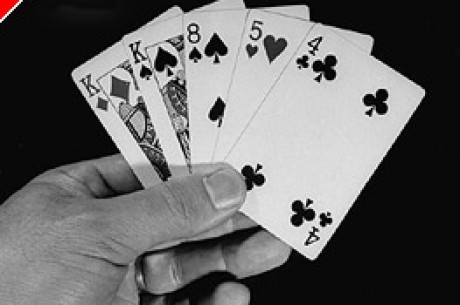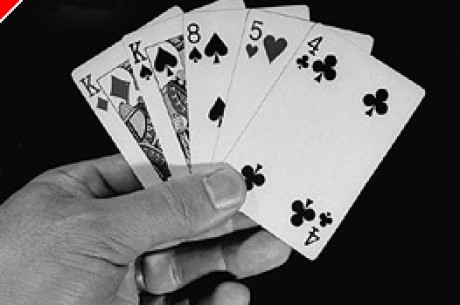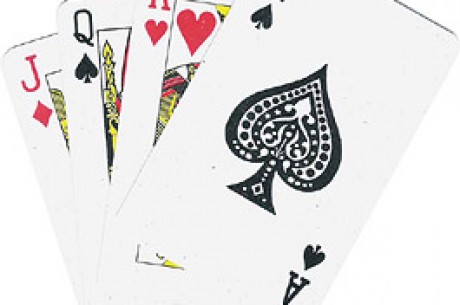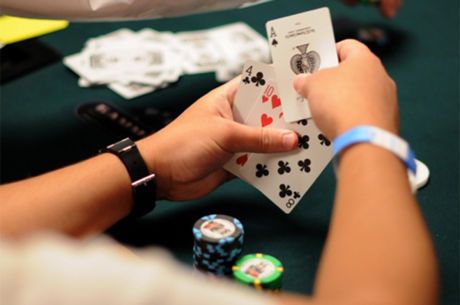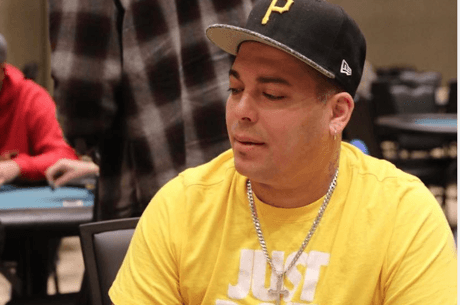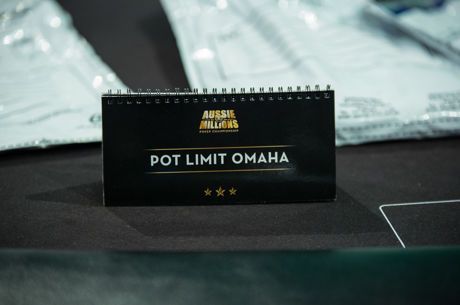Introduction to Omaha - Playing Your AA Game - Hi/Lo
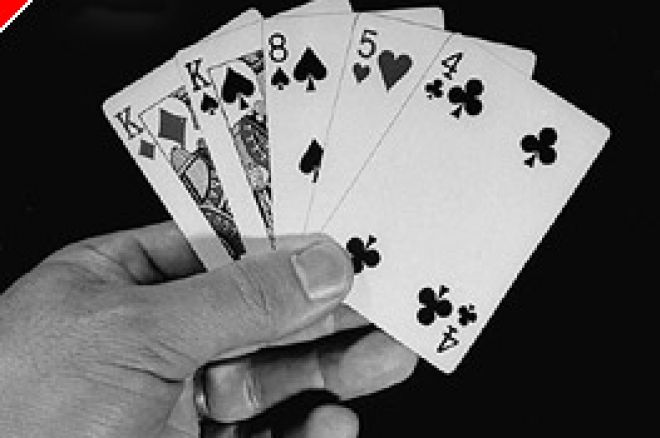
Tony is a regular on-line and card room player living in England. He mostly plays Texas Hold'em and Omaha (High and Split) at fixed, pot and no limit, at both cash and tournament tables.
Introduction
Last time, I talked about the impact of a pair of aces in your hole cards at Omaha High and how there is a danger of them being over valued by players, because of the drawing nature of the game.
This time, I want to see what effect they have on your hand if you get them in a game of Omaha Hi/Lo.
Aces High and Low
An ace has more significance in Omaha Hi/Lo than it does in Omaha High because it is critical to the low pot as well as being a potential high winner. In Omaha High, hands with coordinated mid-sized cards like 89TJ and even 5678 are of considerable value because they are sometimes marginal favourite even against AAxx heads-up. At Omaha Hi/Lo, while the statistical relationship of the high hands doesn't change, the mid-range coordinated hand is likely only to scoop the high pot - should it beat the AAxx hand - which is only half the betting pot it would win at Omaha High. The probability of achieving a scooped pot for the mid-ranking cards drops significantly.
For example, take As Ad 6h 3c versus Jh Ts 9h 8s heads up. Prior to the flop, the match odds are 49.2% versus 50.8%, making the double-suited, coordinated hand a playable hand even if you believe someone has raised with "Aces".
Now, plugging the same cards in to a calculator for Omaha Hi/Lo, the result is:
Scoop whole pot: Aces hand = 49% versus Coordinated hand = 28%
High pot: 49% versus 51%
Low pot: 52% versus 0%
Given that the aim of a profitable Omaha Hi/Lo player is to scoop the pot as often as possible when he puts the chips in the pot, the benefit of aces in Omaha Hi/Lo becomes clear.
The ace is critical for many reasons in Omaha Hi/Lo. If you are dealt aces at Omaha High, you will wish to see some coordination along with your aces, as discussed last week. While this is still valid at Omaha Hi/Lo, you have more flexibility. Ideal accompaniments to AA are not only KK, KQ, QJ and so on for the high side but also 23, 24, 25, 34, 2K, 2Q, 3K for the high and low sides combined.
Remembering always that your aim is to scoop the pot, not take just half. This can be done only when:
(i) you win the high side (and there is no qualifying low hand possible on the board);
(ii) you win the low side as well as the high side, when there is a qualifying low hand possible.
It should always be borne in mind, even at Omaha Hi/Lo, that AAxx is not strong, and suffers from the same weaknesses identified last week for Omaha High, when the "xx" cards are scattered about the spectrum of card values. Thus, AA59 is relatively weak because it lacks much substance on the high side without a further ace on the board and the low values are also dependent on a board showing specific values like 2, 3 and a further low card from 8, 7, 6 and 4. It is asking a lot to catch these every time. Apart from the "miracle" 2, 3, 4 on the board to make the "Wheel", it does not offer up much for the high pot without another ace.
This leads to another peculiarity about Omaha Hi/Lo. If you were to catch a third ace for a top set (which is far from a monster for the high pot), you will simultaneously have diminished your low pot potential by counterfeiting the low ace in your hand.
Let's say you hold AA59 and the flop is 2 3 J. You think your aces might still be good but you now also have the nut low draw needing a 4, 6, 7 or 8 to complete it. The 4 would give you a 5-high straight too. However, the turn is another A. Your initial reaction may be positive because you have hit top set. Unfortunately, your low hand is weakened because you still have not made a low yourself while another player still in the hand may be holding 45xx, 46xx, 56xx, and similar weak cards which nonetheless have now completed a strong low hand when combined with the A23 on the board. Only a 4 will rescue your low pot now and even that is eminently vulnerable to a split low pot (anyone holding A5, 25, 35 and 45 would tie with you). Further, with A 2 3 4 on the board, your high "Wheel" hand (5-high straight) would lose to someone holding 5 6.
It is likely in a full limit table that everyone will see a flop with an ace, despite the quality of the other cards. Don't follow that principle yourself but be aware that there could be two or three aces out there should you not have one yourself.
Although this takes me off the AAxx hand for a moment, it is worth making the point here that the lack of an ace will not be a good enough reason for many casual players to fold. Show them a hand with 23xx, 24xx or 34xx, and they will want to stick around to see a flop, chasing the low end and maybe hoping to pick up a high hand too with their other cards. This is bad enough in itself but to do so with no more than the third possible nut low hand is compounding the error. The key point is that you need to spike an ace on the board to have a chance at making the nut low hand if you hold 2 3. If you are fortunate to do so (and there may only be one left in what remains of the deck), you still need two of the other community cards to be a 4, 5, 6, 7 or 8. Furthermore, because you know most aces will be held by other players still in the hand, if an ace were to come, those players are likely to have been helped for the high hand.
The same goes if you try to play aggressively with an apparently good hand like KK23. Any ace on the board probably kills your chances of making the high hand as well as increasing the chances of letting others make a low hand especially if either the 2 or 3 is counterfeited on the board.
Conclusion
The above scenarios highlight the misunderstood idea about Omaha Hi/Lo being a gamblers' game. I spoke the other day with a player who plays the game regularly and he does so because he is happy to sit tight and fold until he gets the nuts maximising the chance to "scoop" the pot. Then he weighs in heavily with the chips, taking all the gifts from those playing 23JQ, QQ43, A279 and so on. You could compare it with a leopard lying in wait, watching the other players skipping around in this pot and that to fulfil their desire for fun and action. They of course are the gazelles and one or more stand a good chance of being in the way when the leopard strikes!
Exorcism
8 September 2005
Ed Note:Noble Poker has 6 handed single table tournaments that we think are easy pickins...get in on the action

